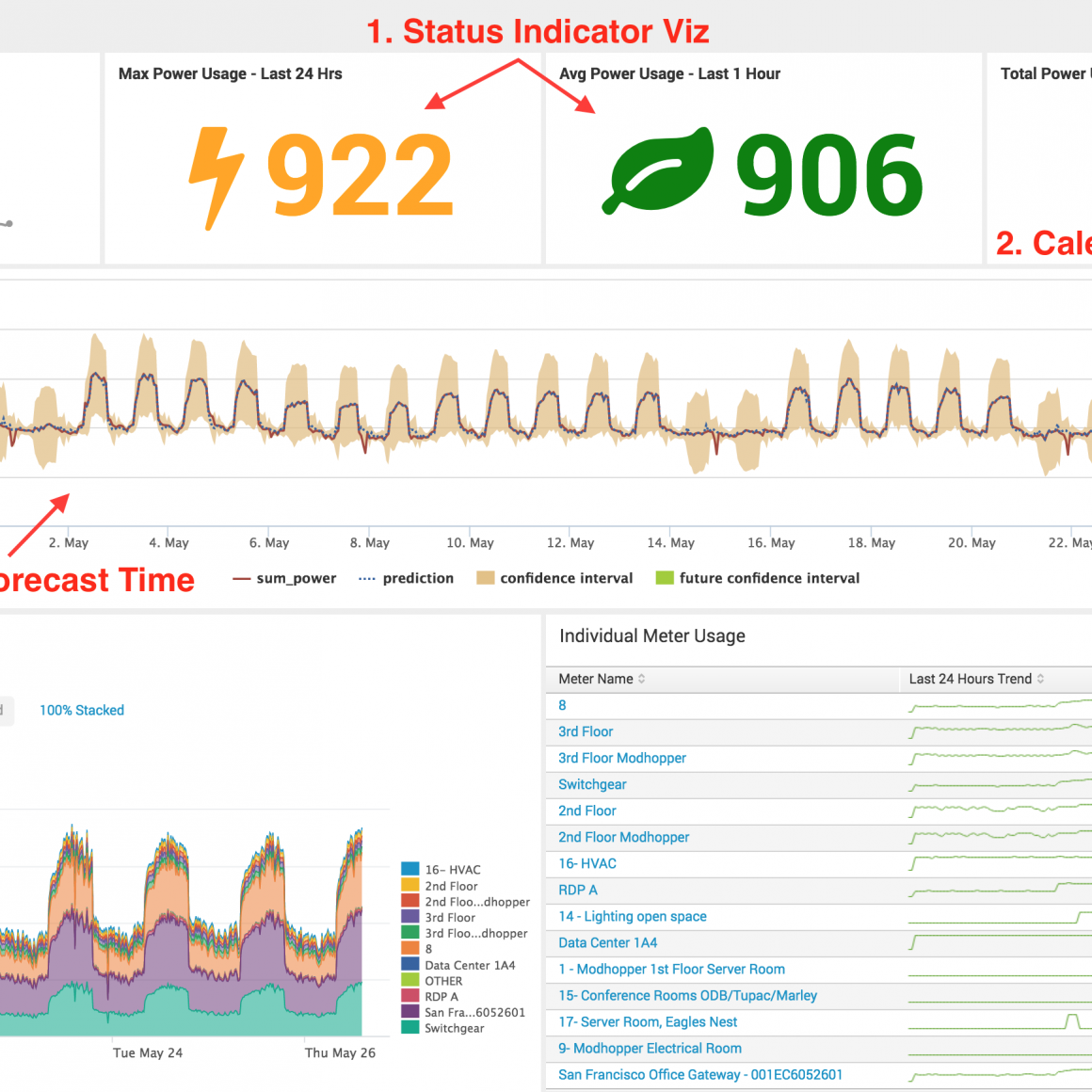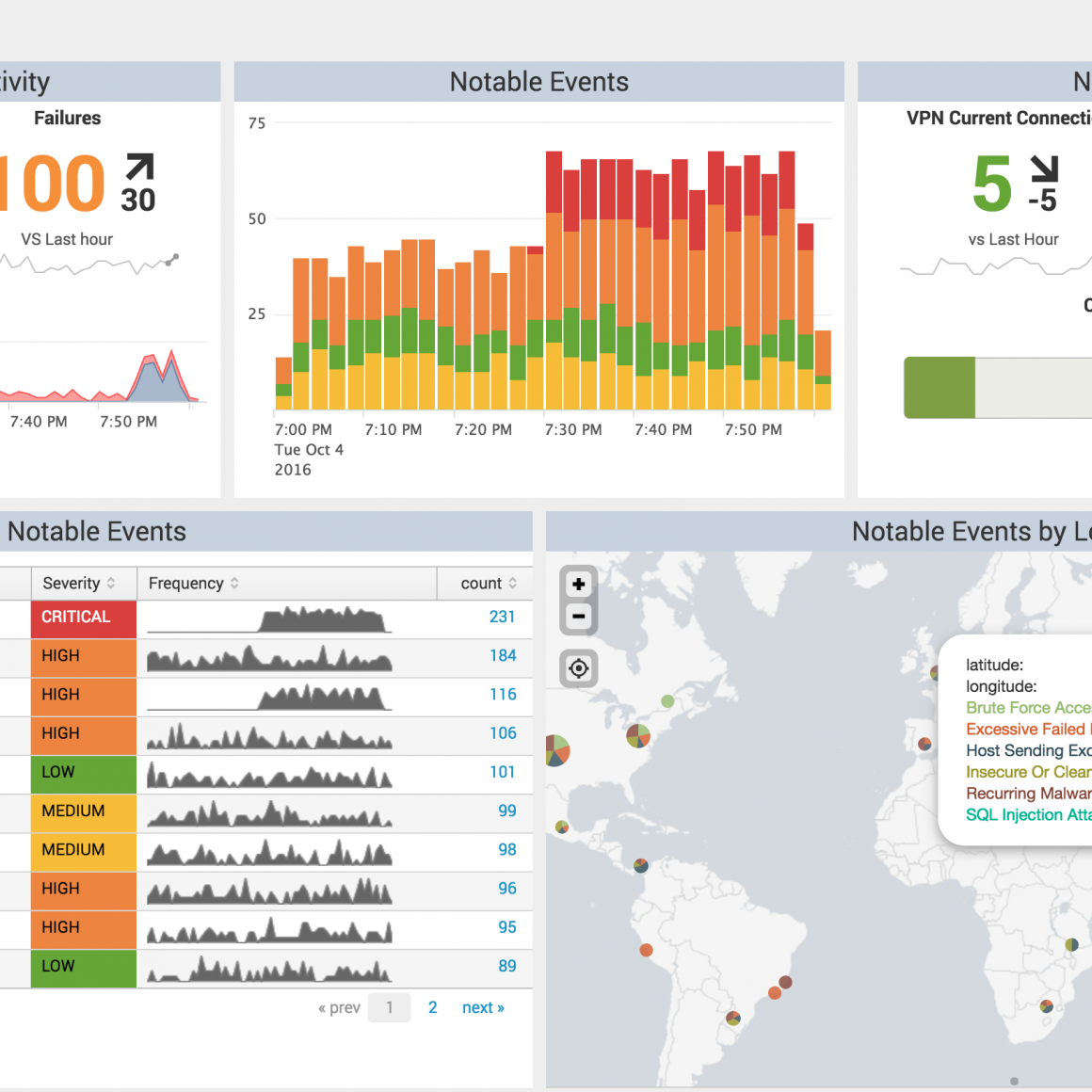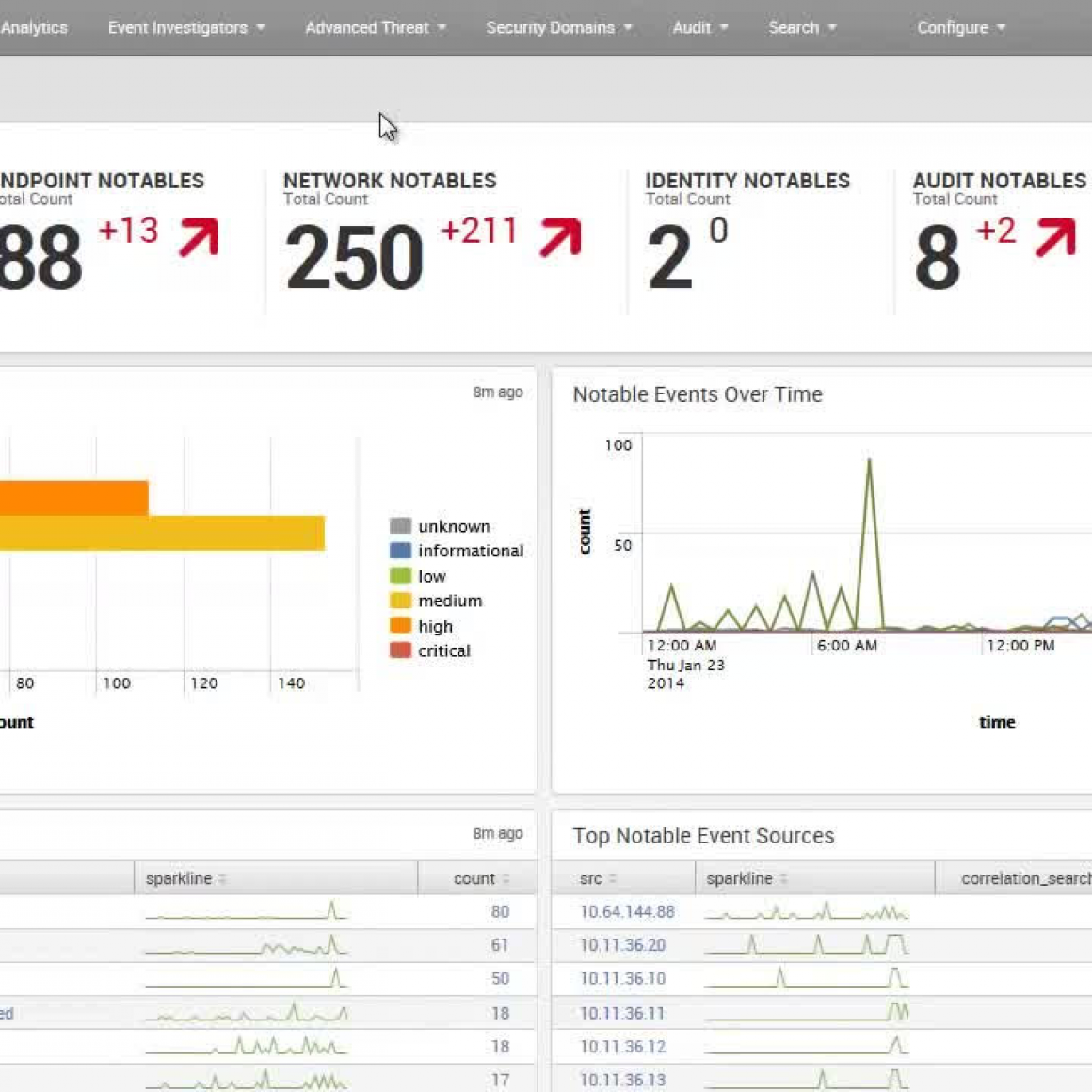The Beginning
In the past 50 years alone, our understanding and methods of collecting information have changed beyond recognition. Data was once physical and limited to the constraints of the person collecting it. Clipboards hung at the ends of hospital beds and you could order a magazine with a handwritten card.
As computing evolved, it was easy to simply transfer medical chart information or a magazine subscription list to a spreadsheet. But what happens when your company expands into the new online space and you’re receiving millions of data pieces everyday? Ethel in reception just won’t be able to keep up.
Treading Water
Now, we create 2.5 quintillion bytes of data every day around the world and companies are challenged to make sense of this tidal wave of information.
The IT world (specifically Edgar Codd) developed relational databases that could be indexed to establish relationships between data, allowing substantial input and easy access for the user. Great! Right?
Well, as we’ve learned over the years, technology changes – fast. Not only is the data itself shifting and growing, but the ways we want to look at it are, too. Effective analytics demands dynamic flexibility. Yet, relational databases would need to be updated (indexed) frequently in order to keep them usable, costing time and money.
Meanwhile:
- Healthcare operations have lives and healthcare costs at stake
- Cybersecurity must secure systems faster than cybercriminals can gain entry
- Financial institutions have to change on a dime with the stock market
- Military and police need responsive results in real-time
So what’s the answer?
Big Data Analytics
IT companies have taken many different approaches to dealing with the influx of data, but there are four elements are key to analyzing the information:
- Volume: the quantity of generated and stored data
- Variety: the type and differences in the data (ex: text, audio, visual)
- Velocity: how often data is processed
- Veracity: the data quality or accuracy
Booker DiMaio and partners like Splunk, Inc. analyze these elements and avoid the relational databases by keeping the information raw and dynamic, allowing endless changes and analytic variations to the data.
Essentially, the data can be modified and categorized in real-time, customized to the company’s needs, and made valuable through effective analysis. Booker DiMaio, for example, leverages the use of predictive analytics and user behavior analytics (among others) to extract value from data, thus spotting business trends, preventing diseases, combating crime, and addressing fraud and waste.
Data is only as useful as you make it. Big Data can be overwhelming and useless in the wrong hands, but we have the tools to make it invaluable and effective.




